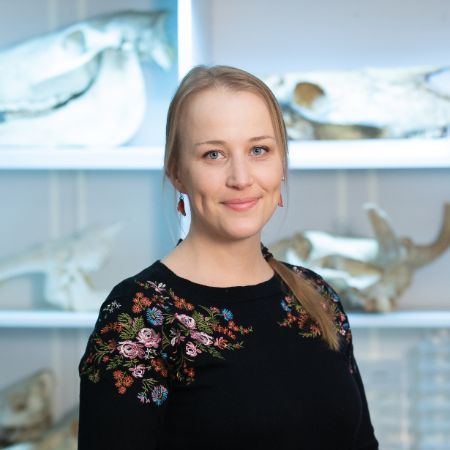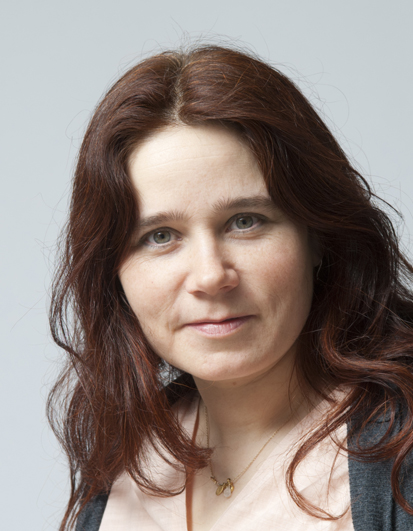Humanities and natural sciences have developed different frameworks of reference and even different technical terminologies. Reconciling the resulting scales of investigations and perspectives often pose a challenge in interdisciplinary collaboration.
The discipline of zooarchaeology investigates animal remains from archaeological sites. These can be bones, teeth and antlers, hair and fur, feathers, shells and egg shells, and hard parts of insects. Also other find categories such as animal shaped figurines, artistic illustrations, garments related to keeping domestic animals, and artefacts derived from animal originated materials provide useful information. With roots in environmental archaeology, recently the purpose of zooarchaeological studies has increasingly been in exploring human–animal relations in the past.
The traditional zooarchaeological methods (e.g. taxonomic distribution, morphometrics, taphonomy) are constantly being re-evaluated, confirmed, and elaborated. The most recent developments in zooarchaeology, including microscopic, molecular, and digital methods, offer new research possibilities to better answer questions regarding archaeology of human-animal relations.
Traditional and new zooarchaeological methods are often related to qualifying and quantifying the find material. The identification and morphometric analysis of animal remains is only the first step towards an understanding of the society that produced the assemblage. The empirical data is then used to build upon interpretations and theories, which rely on a thorough contextual analysis and cultural background.
With the emergence of the post-humanistic agenda in archaeology, humans are more seen as part of an interspecies community. For the study of human–animal communities, faunal and human remains provide the most common sources in archaeological investigations. They are, however, difficult to explain in terms of rituality, relatedness, or identity, and the state-of-the-art scientific methods are still difficult to integrate with new trends in humanities. This seminar aims to combine scientific and humanistic frames and to find bridging practices/examples for enhancing the discourse between traditional and posthumanist-directed studies of human-animal relations. For this purpose, we explore scientific approaches to the zooarchaeology of human–animal relations based on the various types of animal remains and animal-derived artefacts found in prehistoric and historical contexts. During the course, we focus on cases connected to methodological, theoretical, and multi-disciplinary research on how humans have been integrating animals into their social, ritual, and religious lives.
Course Work
The course will consist of both a seminar and lectures. Before the course starts, each PhD student will prepare a paper for pre-circulation, addressing her/his research project in relation to the course theme. In the seminars, each paper will be allotted ca. 45 minutes, beginning with the student presenting a 15-minute summary of its contents. One of the other PhD students will be selected in advance as a discussant and comment for about 10 minutes, after which she or he will then chair an open discussion on the paper for approximately 20 minutes.
Lecturers

Photo credit: Andres Tennus
Eve Rannamäe, University of Tartu

Kristin Armstrong Oma, University of Stavanger

László Bartosiewicz, University of Stockholm
The participating lecturers will each give a lecture during the course, as well as participating as prime movers in the discussion of PhD presentations. The seminar days will be structured with adequate time for spin-off debates and networking opportunities in mind.
Credits
1 month or 7 ECTS
Location, Travel and Costs
The Graduate School will finance and arrange travel and accommodation, as well as supply a daily allowance during the seminar for all participating PhD students who are part of the Dialogues With the Past network. Two PhD students will share a room.
Registration
The Graduate school invites all registered PhD students to apply for participation. Please follow this link to apply for the course (in English only). From these applications, c. 15 PhD students will be admitted to the course. For more information, please contact: oliver.reiersen@iakh.uio.no
Important Dates
Application for participation: May 2 May 16, 2022. Confirmation on your participation will be sent out shortly after this date.
Submission of working papers (10 pages, Times New Roman 12, Spacing 1,5): August 8, 2022.
Appointment of discussants: August 22, 2022.
